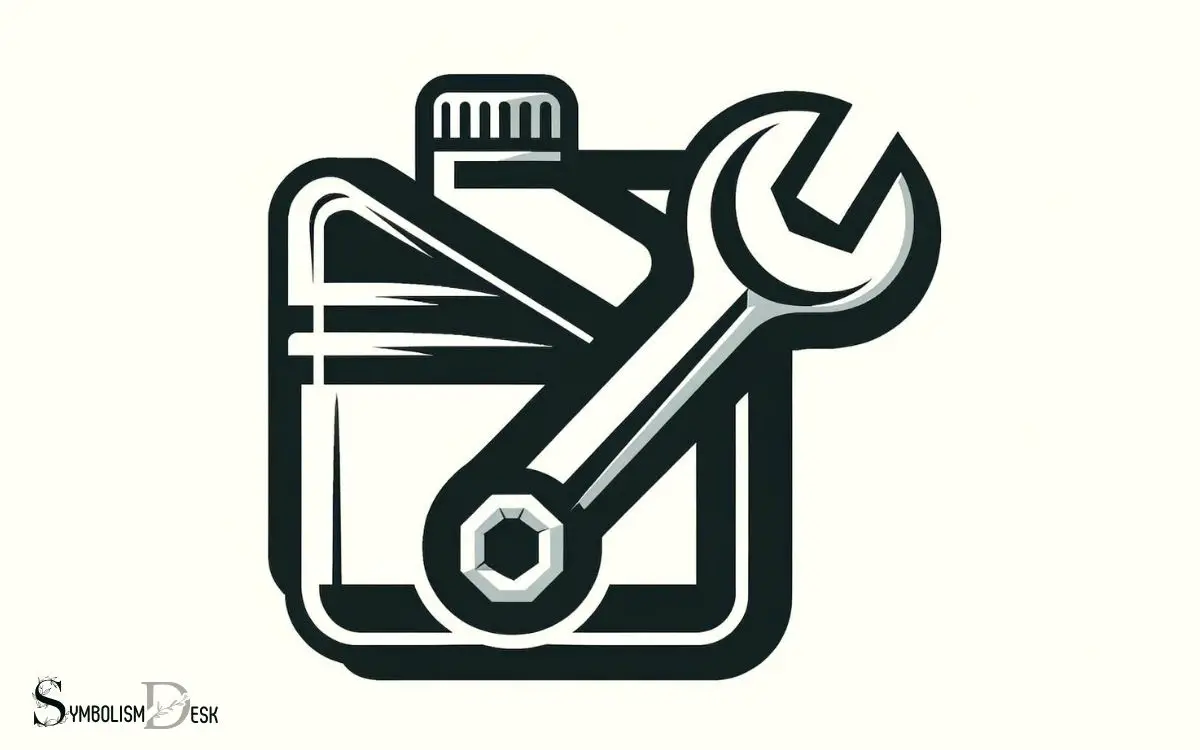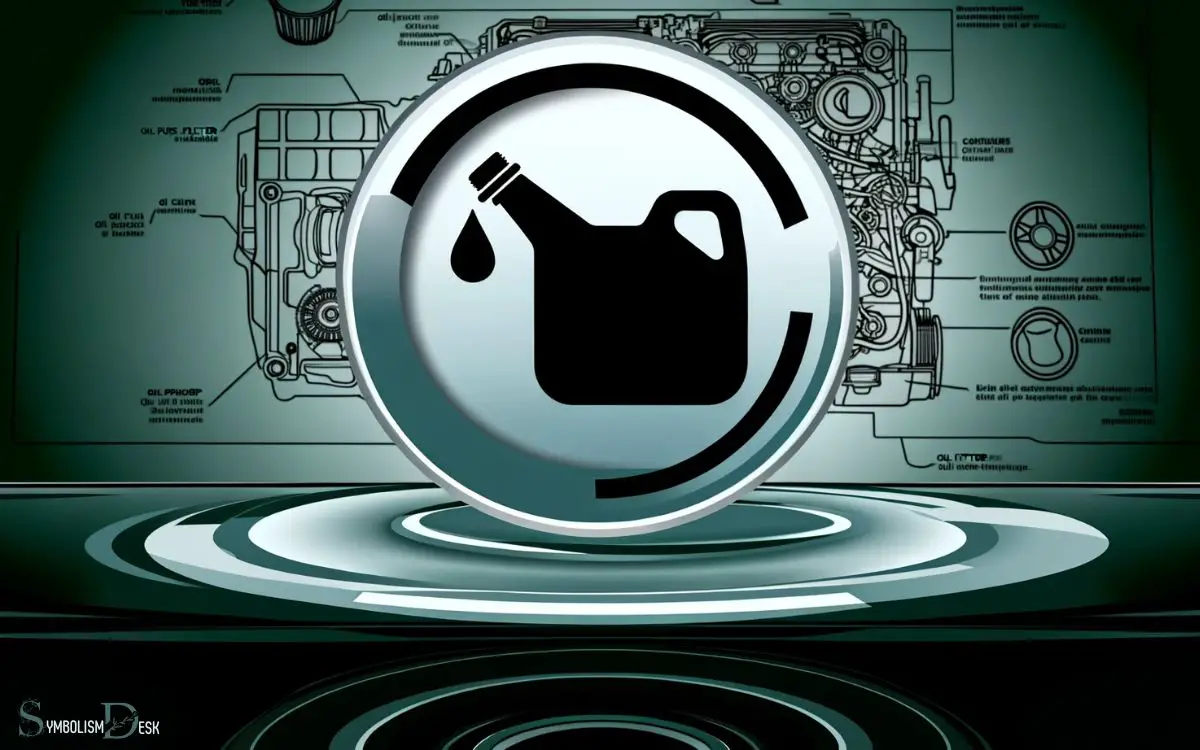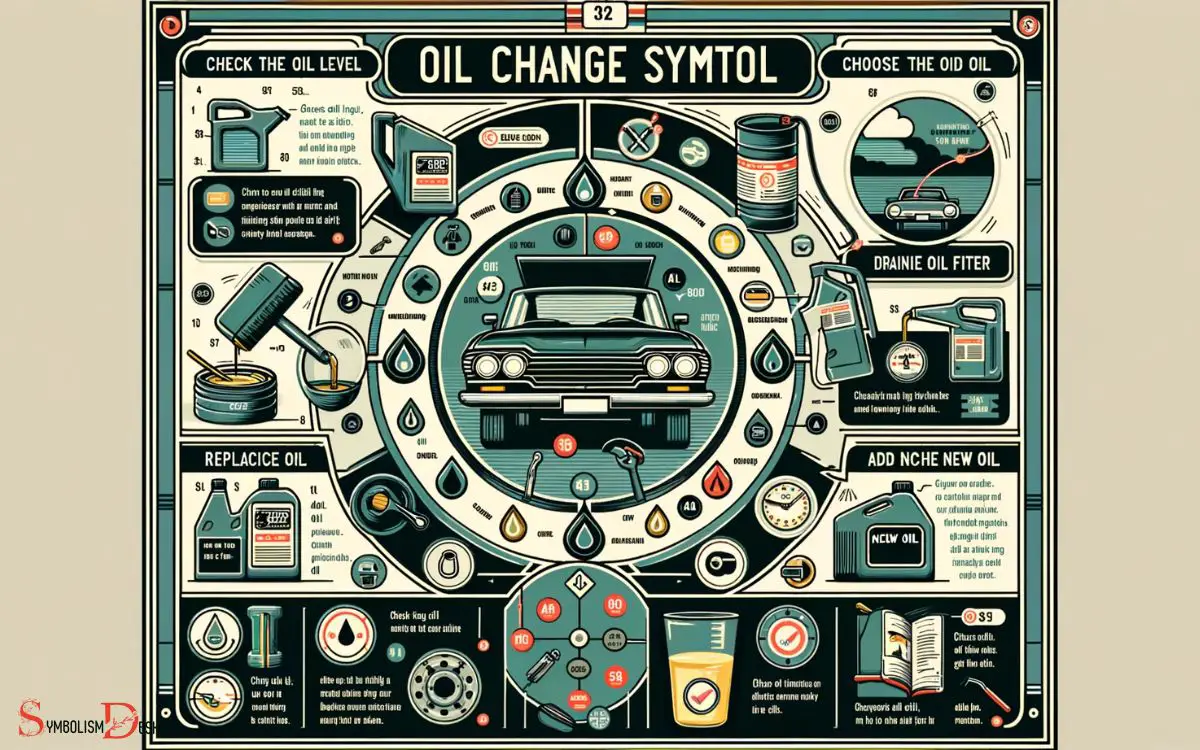Oil Change Symbol in Car: Change Your Engine Oil!
The oil change symbol on your car’s dashboard is an essential maintenance reminder indicating it’s time to change your engine oil.
This symbol, often depicted as an oil can or the word “OIL,” activates based on mileage or time intervals set by the vehicle’s manufacturer. It serves as a prompt to ensure your car’s engine remains well-lubricated and operates efficiently.
The oil change symbol is part of your car’s onboard diagnostics system. When it lights up, it signifies that the engine oil has reached the end of its effective lifespan.
The triggering of this symbol can vary depending on:
For example, a car using synthetic oil might have longer intervals between oil changes compared to one using conventional oil.
Timely oil changes safeguard your engine, ensuring peak performance and preventing costly repairs.

Key Takeaway
Understanding the Oil Change Symbol

Understanding the oil change symbol is essential for maintaining a car’s optimal performance and longevity.
When the oil change light illuminates on the dashboard, it indicates that the vehicle’s engine oil is due for a change. This symbol is often shaped like an oil can or may simply say “OIL” or “CHANGE.”
The frequency of oil changes varies depending on the car make and model, driving conditions, and the type of oil used. Ignoring this symbol can lead to decreased lubrication, increased friction, and potential engine damage.
It is crucial to consult the car’s manual to decipher the specific meaning of the oil change symbol and to adhere to the recommended oil change schedule to ensure the engine operates efficiently.
Importance of Addressing the Symbol

Addressing the oil change symbol promptly is crucial for maintaining a car’s performance and preventing potential engine damage. Ignoring this warning can lead to decreased fuel efficiency, increased emissions, and even engine failure.
Engine oil lubricates and protects vital components, and when it becomes old or contaminated, it loses its effectiveness, leading to increased friction and wear.
Regular oil changes are essential for preserving the engine’s longevity and ensuring optimal performance.
Additionally, addressing the oil change symbol in a timely manner can help in identifying any underlying issues that may be causing the need for more frequent oil changes than usual.
By staying proactive and adhering to the manufacturer’s recommended maintenance schedule, car owners can avoid costly repairs and enjoy a reliable and efficient vehicle.
Consequences of Ignoring the Symbol

One major consequence of ignoring the oil change symbol in a car is an increased risk of engine damage. When the oil change symbol is disregarded, the engine oil becomes old and loses its effectiveness.
This can lead to increased friction among the engine components, causing excessive wear and tear.
Over time, the lack of fresh oil can result in the formation of sludge and deposits, further impeding the engine’s performance.
Additionally, prolonged use of old oil can lead to overheating and increased fuel consumption. Ignoring the oil change symbol not only jeopardizes the engine’s longevity but also impacts its overall efficiency.
To avoid these detrimental effects, it is crucial to adhere to the manufacturer’s recommended oil change intervals and promptly address the oil change symbol when it appears. This ensures optimal engine performance and longevity.
Proper Maintenance for Oil Change Symbol
A crucial step in proper maintenance for the oil change symbol in a car is following the manufacturer’s recommended intervals for oil changes.
It’s essential for the overall health and performance of the vehicle. Proper maintenance ensures that the engine is adequately lubricated, reducing wear and tear, and preventing potential damage.

To adhere to the manufacturer’s recommendations, consider the following:
- Consult the owner’s manual for the specific oil change intervals recommended by the car manufacturer.
- Different vehicles may have different requirements based on factors such as mileage, driving conditions, and the type of oil used.
Tips for Monitoring the Symbol

Monitoring the oil change symbol is crucial for maintaining the health and performance of a car. It is important to regularly check the symbol on the dashboard and not ignore it, as it indicates when the oil needs to be changed. Failing to address the oil change symbol in a timely manner can lead to increased engine wear and potentially costly repairs. Additionally, if the oil pressure warning on dashboard lights up, it’s a sign of a more serious issue that requires immediate attention to prevent engine damage. Regular maintenance and prompt action on warning indicators ensure the longevity and efficiency of your vehicle.
One tip for monitoring the symbol is to refer to the owner’s manual to understand the specific meaning of the symbol for a particular car make and model.
Additionally, it’s essential to pay attention to any accompanying warning lights or messages. Keeping track of the mileage since the last oil change can also help determine when it’s time for a new one.
Lastly, if the symbol appears, it is advisable to schedule an oil change promptly to avoid any potential damage to the engine.
Conclusion
Addressing the oil change symbol in a car is crucial for maintaining the vehicle’s performance and longevity. Ignoring the symbol can lead to engine damage and expensive repairs.
By following proper maintenance and monitoring the symbol regularly, drivers can ensure their car runs smoothly and efficiently.
For example, a driver who ignored the oil change symbol ended up with a seized engine, costing thousands of dollars in repairs. It’s essential to take the symbol seriously to avoid costly consequences.






